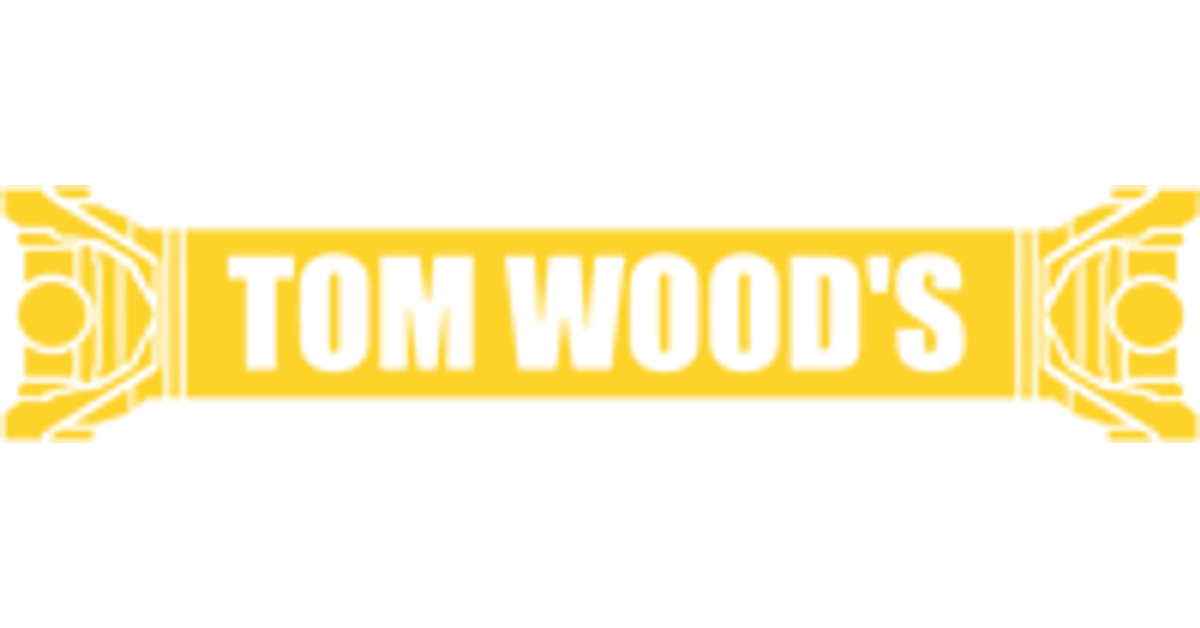I recently ordered some Toyo u-joints for my 40 from Partsouq… Price was great at around $12 each, especially for Japanese made joints. These came in and look they look stout but I realized they do not have the zerk fitting to grease them, does anyone else have these in their truck? Is there a difference in longevity on the greasable vs non-greasable?

Navigation
Install the app
How to install the app on iOS
Follow along with the video below to see how to install our site as a web app on your home screen.
Note: This feature may not be available in some browsers.
More options
You are using an out of date browser. It may not display this or other websites correctly.
You should upgrade or use an alternative browser.
You should upgrade or use an alternative browser.
Toyo Non Greasable U-Joints Any Good? (1 Viewer)
- Thread starter meatloaf
- Start date
This site may earn a commission from merchant affiliate
links, including eBay, Amazon, Skimlinks, and others.
More options
Who Replied?Malleus
Far west of Siegen
I don't care for "lifetime lubricated" driveline parts. They are only lubricated for the "life" of the part, not your life. And they aren't sealed against anything except harsh language.
pb4ugo
SILVER Star
I prefer greasable. Adding grease to a ujoint or tre forces water out of the joint, especially after wheeling. My 40 gets greased often. I have never had to replace a stk joint.
Malleus
Far west of Siegen
IME designing low friction assemblies, the only difference I was aware of between "lifetime" lubricated bearings and any other was that the former had higher friction coefficients and shorter overall service life.If it's important, non-greasable are stronger.
I don't have enough horsepressure for it to matter.
In what way are they stronger and how did you come by this data?
In what way are they stronger and how did you come by this data?
So sayeth a driveline mechanic buddy.
I'm assuming because they are hollow.
I'm sure the difference is negligible. And probably used when they are considered disposable and replaced regularly anyways.
I have serviceable on mine, I don't see any reason not to run them. A little extra grease when hitting everything else does no harm at oil change time.

Greaseable vs non-greaseable joints, which is better?
In the past few years, this has been become quite a hot topic for debate. I'll get to the bottom line first, then explain the basis for my opinion. Bottom line on strength: The non-greaseable joint is slightly stronger than a greaseable joint. The exact number, how much stronger, is unknown and...
4xshaft.com
Malleus
Far west of Siegen
Well, that diatribe was enlightening.
1. The corner is weaker because there's a hole in it: but it's filled with a grease zerk and that (mostly) negates the stress riser, which is the true source of weakness, not the lack of material.
2. The grease galleys make the cross weaker: this is a version of the classic argument that depends on where and how a measurement is taken, which is used (legally) by advertising departments to belittle the competition. In fact, a tubular shape with a longitudinal hole in it is stronger than a solid shape of the same dimensions (based on strength to weight ratio), as everyone who took the strength of materials class had to prove, mathematically.
The article buries the lede; at the end it states that the choice of one over the other is a matter personal preference related to maintenance. Which is the point I was making: if you don't replace a "lifetime" lubricated bearing at the recommended interval (which is greater than that of a "serviceable" bearing), it's prone to catastrophic failure at higher volumetric rates that would otherwise be seen.
FWIW, I have never seen a U-joint break in the corner where the zerk is. Not that it couldn't happen.
1. The corner is weaker because there's a hole in it: but it's filled with a grease zerk and that (mostly) negates the stress riser, which is the true source of weakness, not the lack of material.
2. The grease galleys make the cross weaker: this is a version of the classic argument that depends on where and how a measurement is taken, which is used (legally) by advertising departments to belittle the competition. In fact, a tubular shape with a longitudinal hole in it is stronger than a solid shape of the same dimensions (based on strength to weight ratio), as everyone who took the strength of materials class had to prove, mathematically.
The article buries the lede; at the end it states that the choice of one over the other is a matter personal preference related to maintenance. Which is the point I was making: if you don't replace a "lifetime" lubricated bearing at the recommended interval (which is greater than that of a "serviceable" bearing), it's prone to catastrophic failure at higher volumetric rates that would otherwise be seen.
FWIW, I have never seen a U-joint break in the corner where the zerk is. Not that it couldn't happen.
Similar threads
Users who are viewing this thread
Total: 2 (members: 0, guests: 2)
